George Washington, First in the Hearts of His Countrymen
President George Washington was unanimously reelected in 1792 and sworn in on March 4, 1793. Although he had not wanted a second term, most our country’s leaders, including Secretary of State Thomas Jefferson, Secretary of Treasury Alexander Hamilton, and James Madison, felt the nation needed his leadership and would suffer without it. Reluctantly, he had agreed to another four years.
Tensions between revolutionary France and England erupted into a declared war between those two countries in 1793. President Washington, seeking a middle path, issued his Proclamation of Neutrality on April 22, 1793, which declared America’s friendship for both nations and hostility towards neither.
That same April, the Girondin party that had seized power in France sent Charles Genet to America to drum up support for their cause. This agent, infamously known to history as Citizen Genet, traveled our country trying to undermine the Washington administration and its position of neutrality.
Although Genet was supported by Jefferson and initially very popular in America, this man was eventually discredited, and President Washington demanded his recall. This disagreement added to the animosity between Jefferson, a supporter of France, and Hamilton, who wanted closer ties with England. Jefferson, who was already scheming to undermine President Washington’s policies, resigned from the Cabinet in December of 1793.
By 1794, England had still not evacuated their forts in the Northwest Territory as required by the Treaty of Paris. Additionally, British ships were seizing men off American vessels, a practice known as impressment. Washington felt it was important to cool tempers and avoid a costly war with England. America needed more time to recover from the last war and to get its financial house in order.
Consequently, he dispatched John Jay, the first Chief Justice of the Supreme Court, to England to negotiate with that country about these matters. The agreement worked out by the two parties, known as the Jay Treaty, finally got England to remove its troops from our Northwest Territory and granted America preferred trading status with the British.
The Treaty was not popular in America because many people thought it favored the British. However, it did avert a war with England and expand markets for our nation’s trade goods, President Washington’s two primary goals.
A second major international victory achieved by the Washington administration was the Treaty of San Lorenzo, or Pinckney’s Treaty, signed on October 27, 1795. This agreement settled a boundary dispute with Spain between the United States and Spanish Florida. More importantly, it guaranteed America navigation rights to the Mississippi River, thereby enhancing our nation’s economy.
Domestically, an unpleasant issue arose during Washington’s second term as a result of an excise tax on distilled spirits that was part of Hamilton’s economic plan in 1791. Known as the “whiskey tax”, it led to the Whiskey Rebellion of 1794, essentially an armed protest by farmers in western Pennsylvania.
President Washington realized the Federal government had to demonstrate it had the will and the ability to handle domestic disputes and violence against our nation’s laws. Consequently, he quickly assembled an army, mostly of state militiamen, and rode at its head to confront the rebels. They dispersed before the army arrived, but President Washington had shown the new Federal government could manage a crisis.
As his second term was entering its final year in 1796, once again President Washington wished to leave office and retire to his beloved Mount Vernon. This time he was not to be talked out of stepping down. Partisanship was on the rise and critics of his policies were becoming more vocal and personal in their attacks. This great man who had sacrificed so much of his life for the good of the country was tired of it all.
With the help of Alexander Hamilton, President Washington crafted a Farewell Address and had it published in the American Daily Advertiser on September 19, 1796. This open letter to his fellow citizens was a statement of Washington’s view of the United States and its place in the world, as well as advice on the way forward for our country.
For decade upon decade, the Farewell Address and its message was a part of every child’s education in America. It is so highly regarded that even today it is read annually from the floor of the Senate.
He stepped down and transferred power to his successor, John Adams, on March 4, 1797. We must all keep in mind that peacefully relinquishing power was not something that leaders of countries did in the 18th century. Most rulers clung to their authority and position until they were forced out or died.
What President Washington was willing to do was revolutionary. Most importantly, it was precedent setting and taught the men who followed him that peacefully and willingly stepping down was the expectation for our Presidents. That is significant and we must all appreciate it.
WHY IT MATTERS
So why should President Washington and the precedents he set as our President matter to us today? More than any other President, George Washington had the opportunity to make the Presidency a lifetime appointment. He understood that power can corrupt, and the nation was more important than the President. We are fortunate he realized this fact.
Henry “Light Horse Harry” Lee, a trusted officer from the American Revolution, stated Washington was “first in war, first in peace, and first in the hearts of his countrymen.” Truer words were never spoken.
SUGGESTED READING
The Return of George Washington is a book written by Edward Larson that focuses on Washington’s life between the years 1783-1789. This was the period from Washington’s tenure as Commander of the Continental Army to the start of his Presidency. It is an informative and enjoyable read.
PLACES TO VISIT
Congress Hall, part of Independence National Historical Park in downtown Philadelphia, is a wonderful place to visit. Built in 1789 as the Philadelphia Courthouse, the United States Congress met here from 1790 to 1800 when our nation’s capital was in this city. Importantly, both President George Washington (second term) and President John Adams were inaugurated in Congress Hall. It was beautifully restored to its original grandeur in the 1900s and is today maintained in pristine condition by the National Park Service.
Until next time, may your motto be “Ducit Amor Patriae,” Love of country leads me.

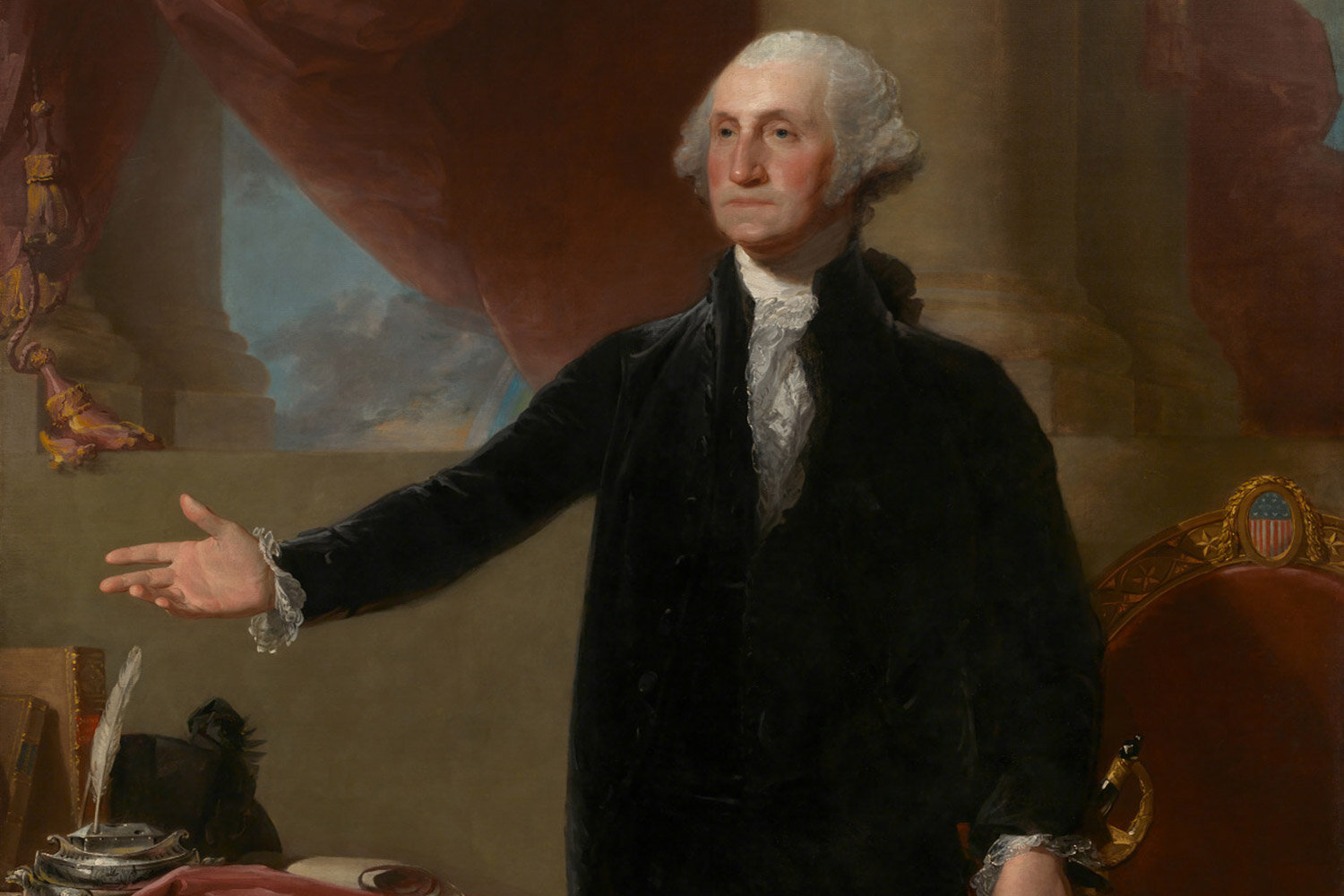

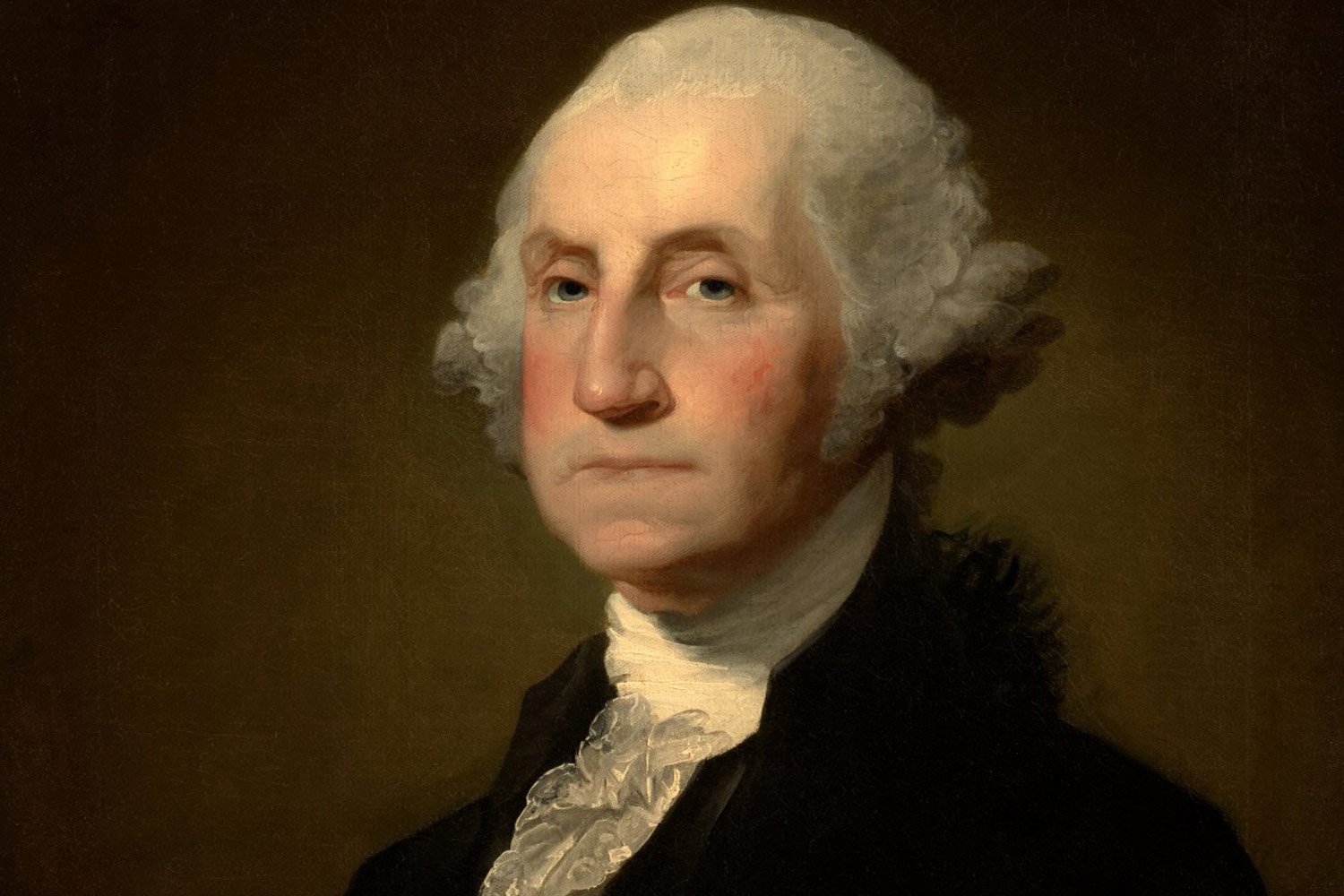
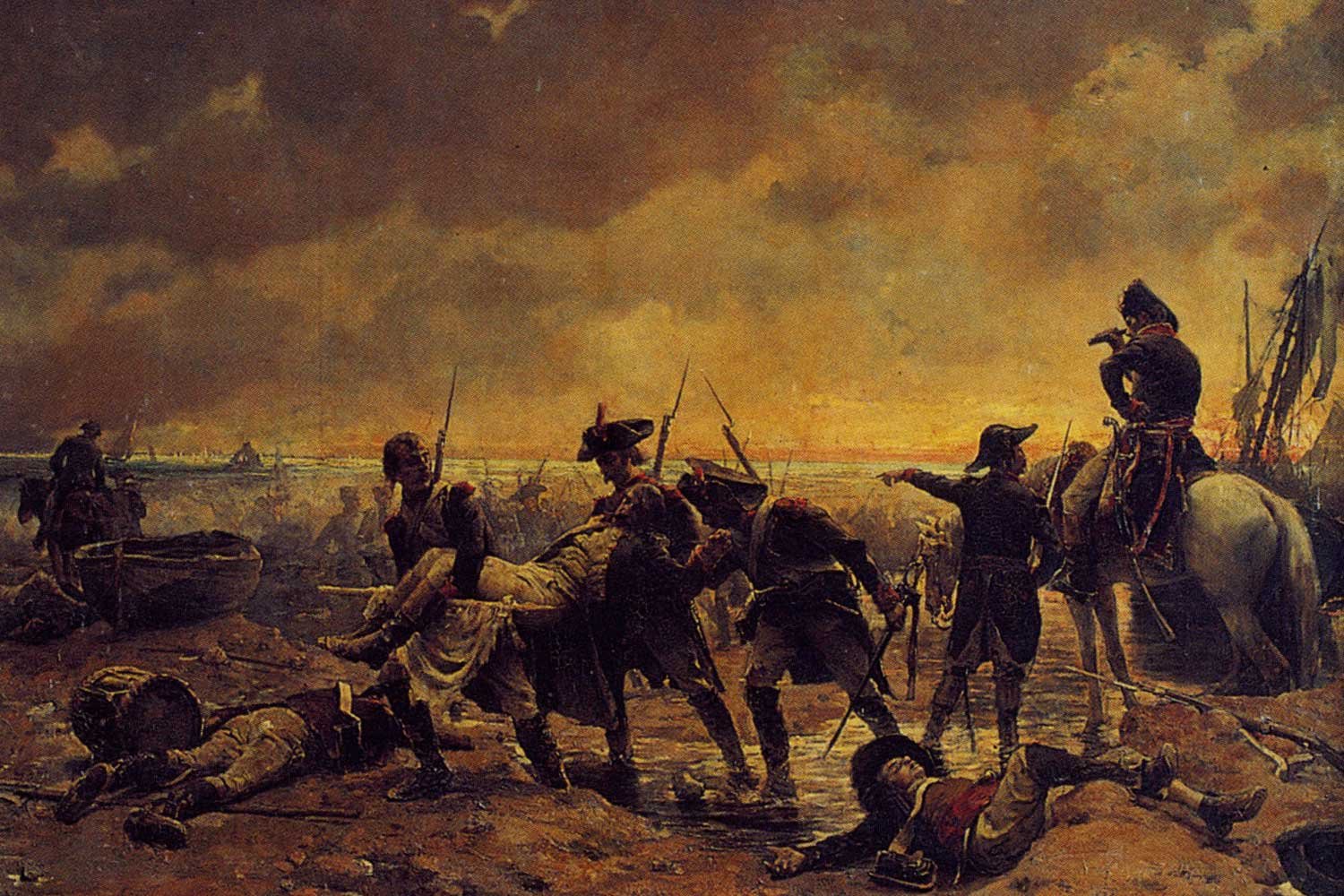
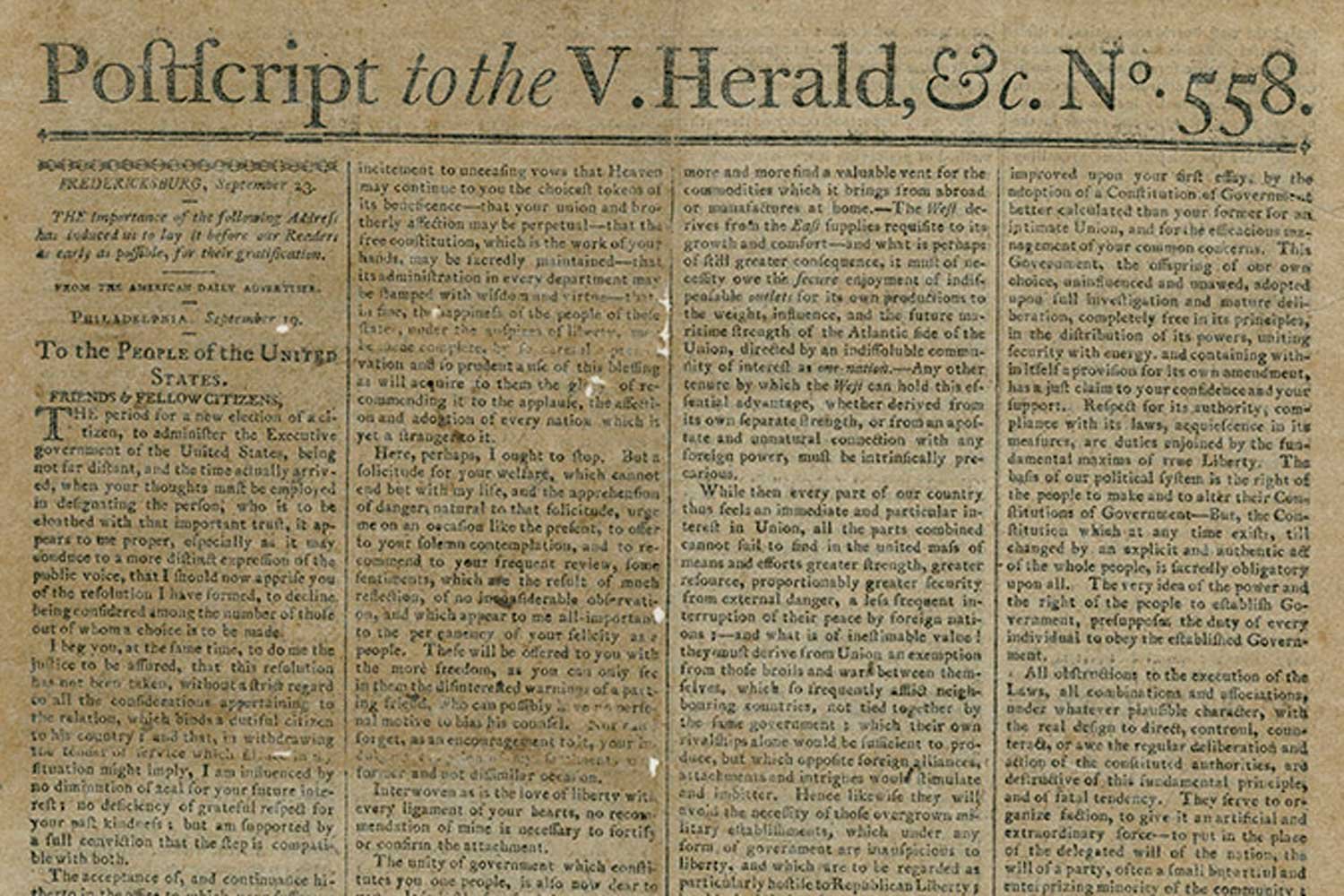
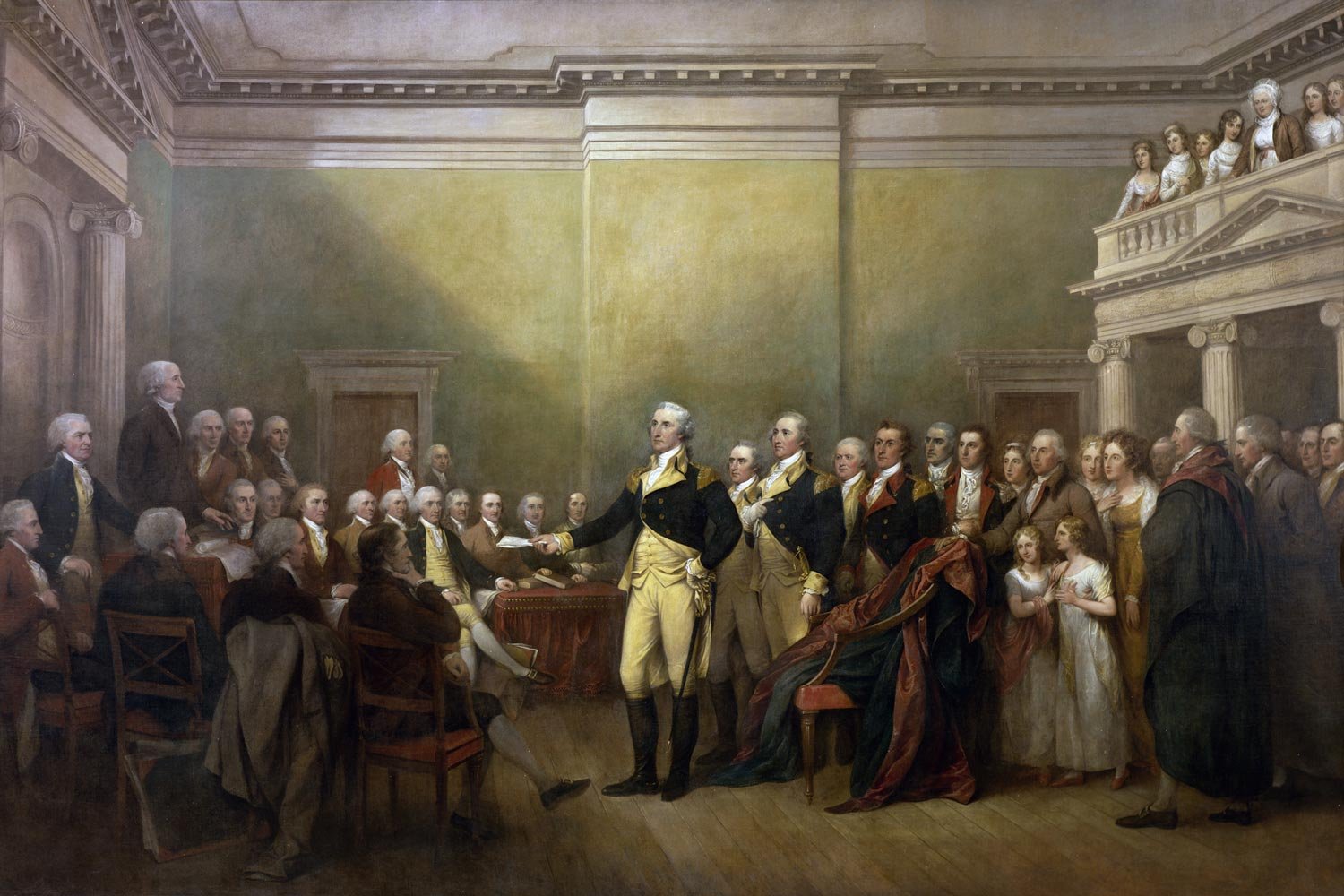
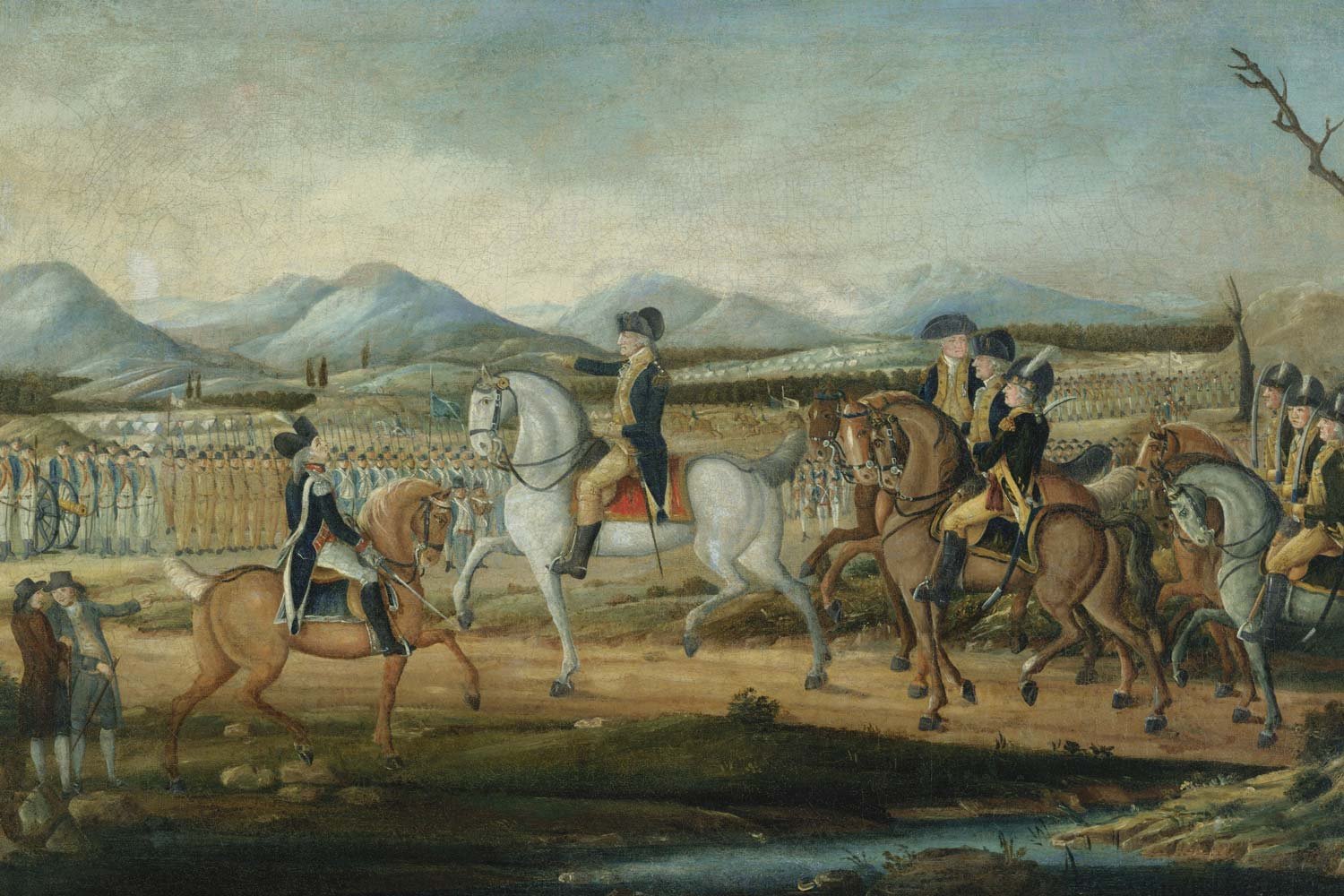
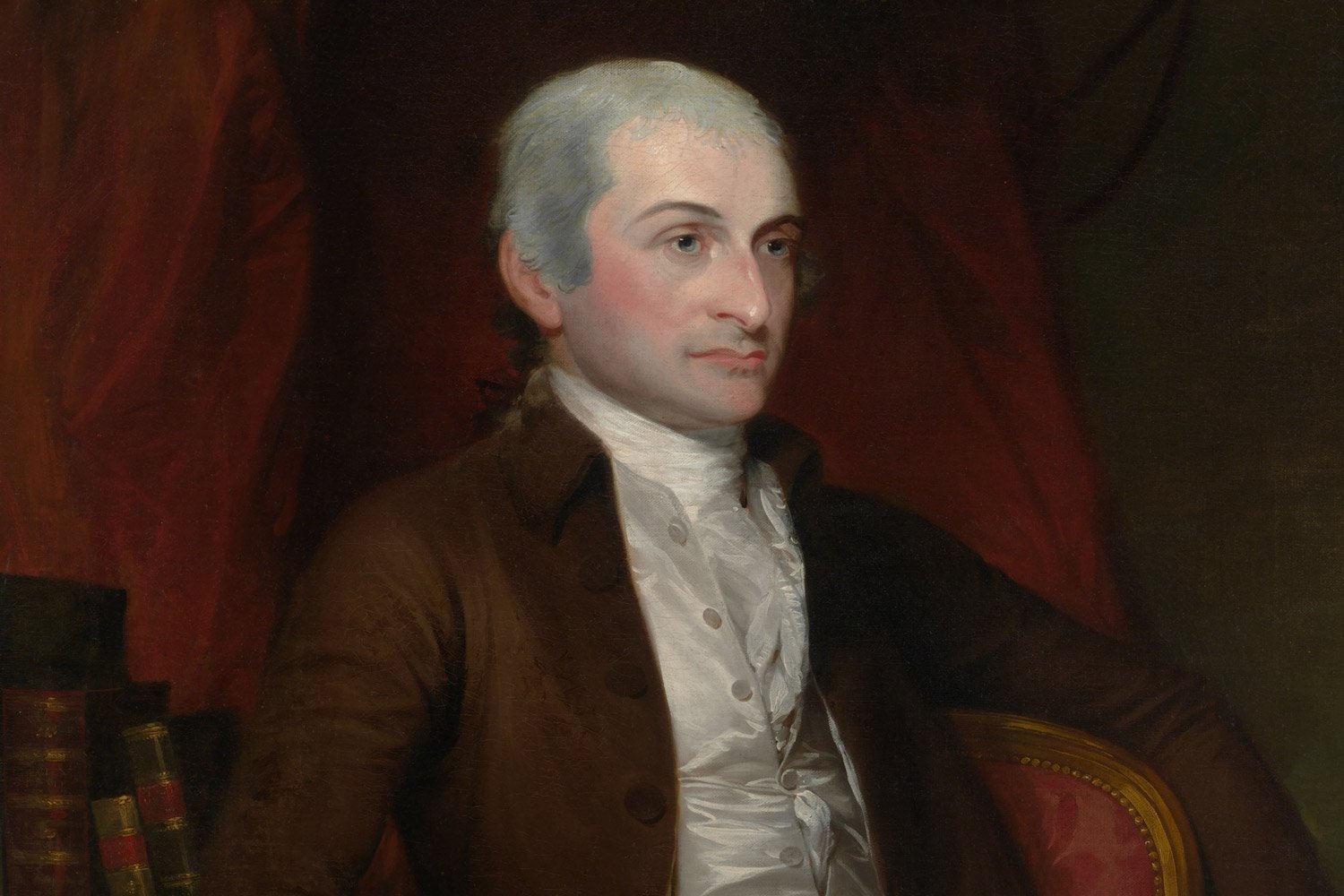
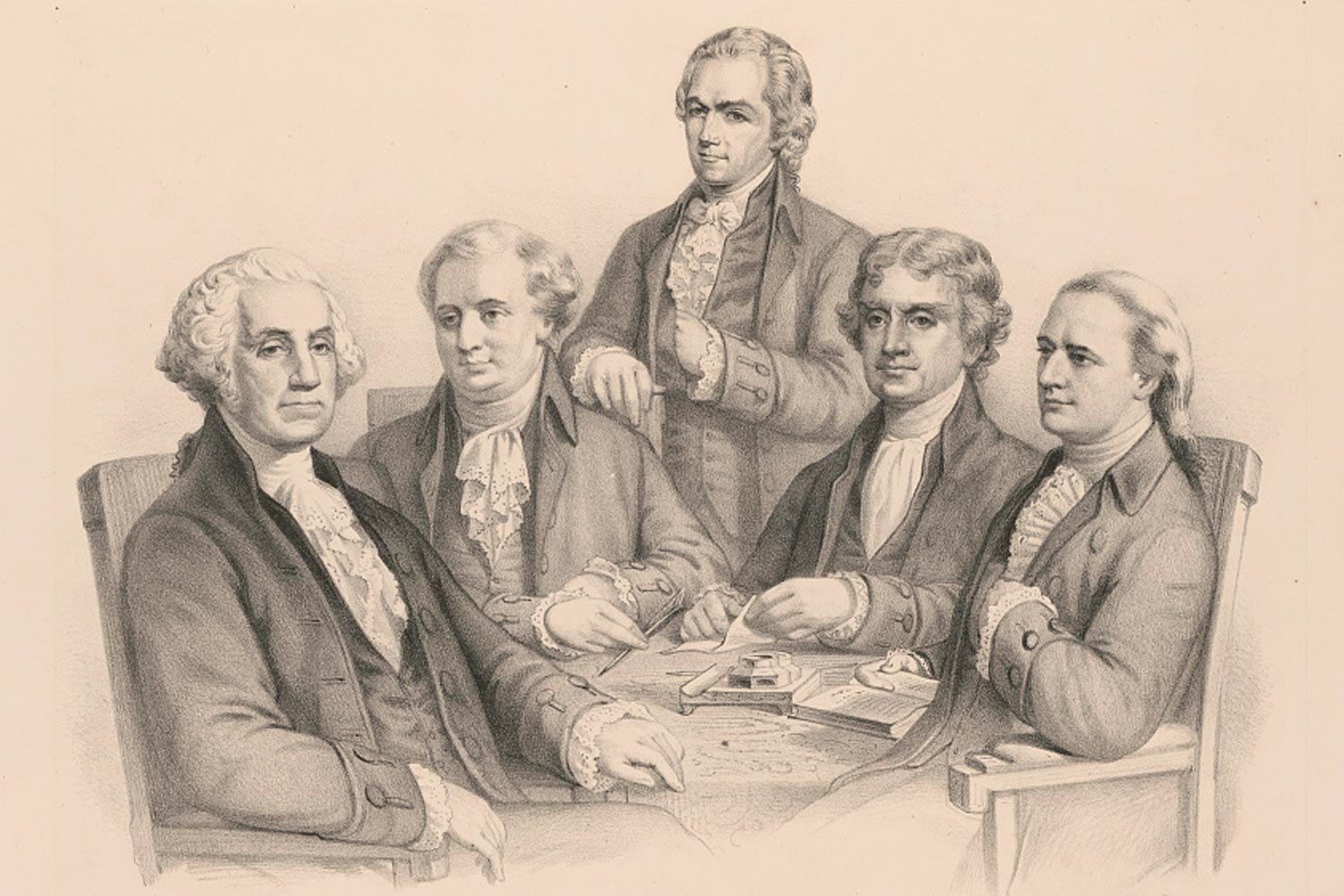
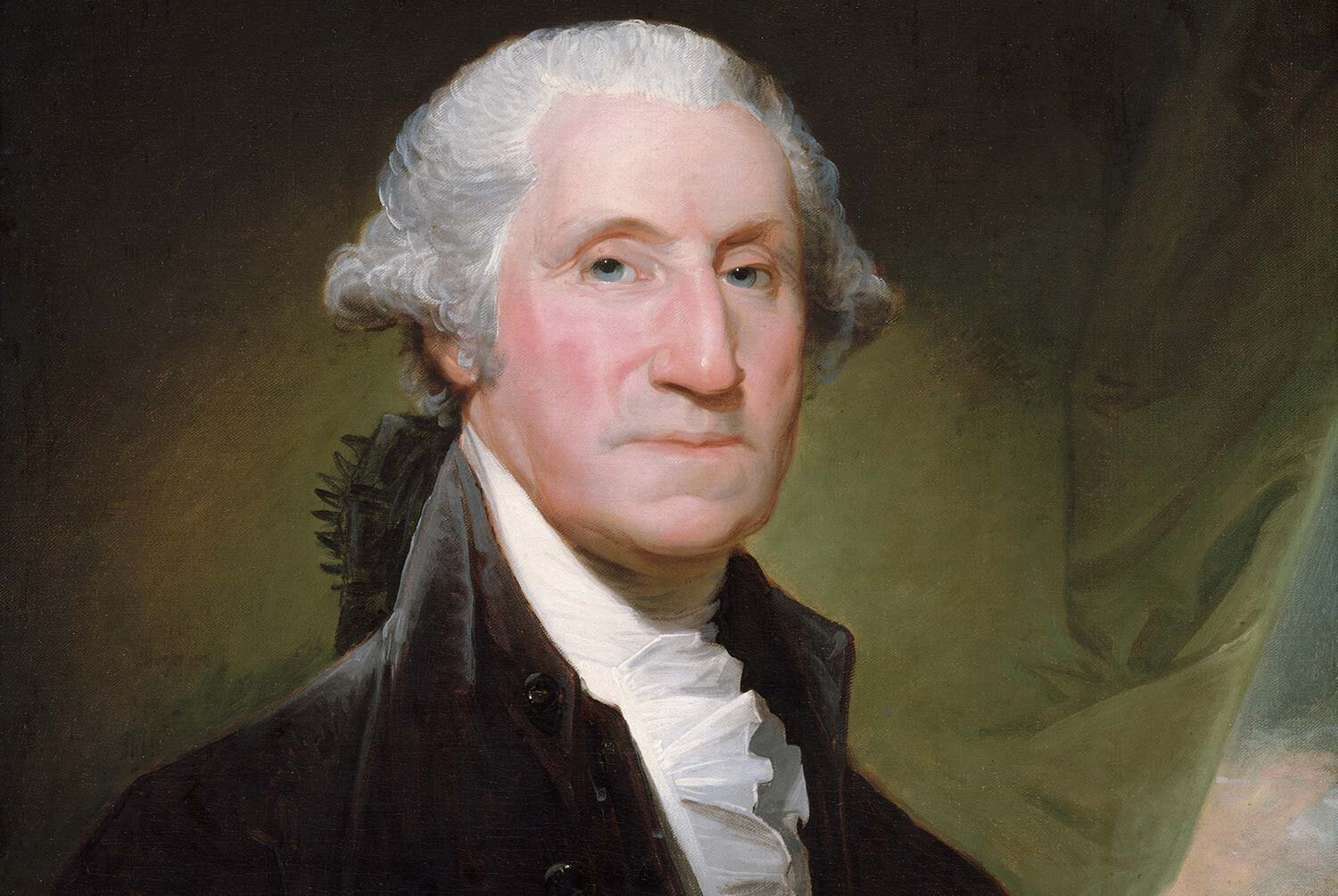


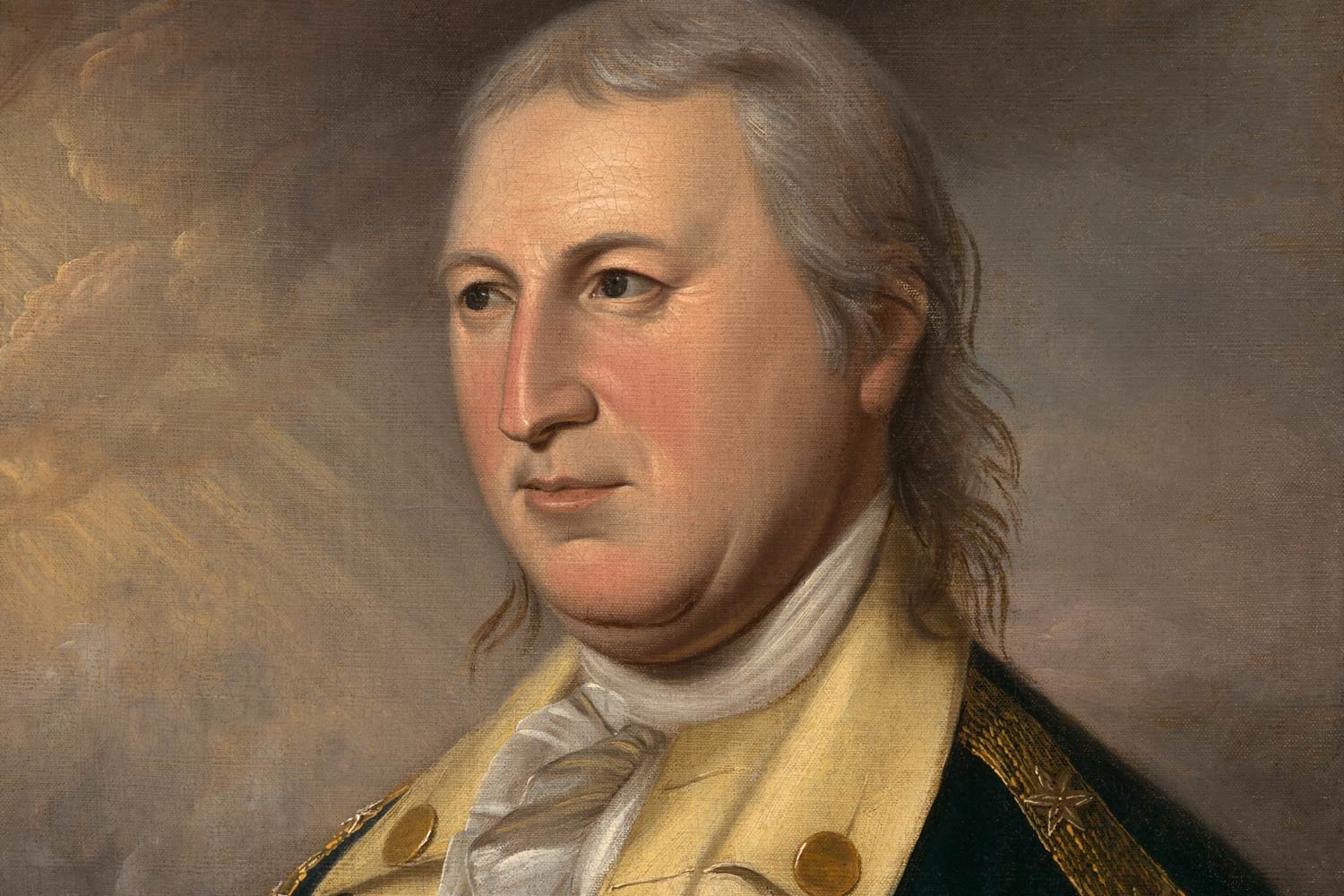
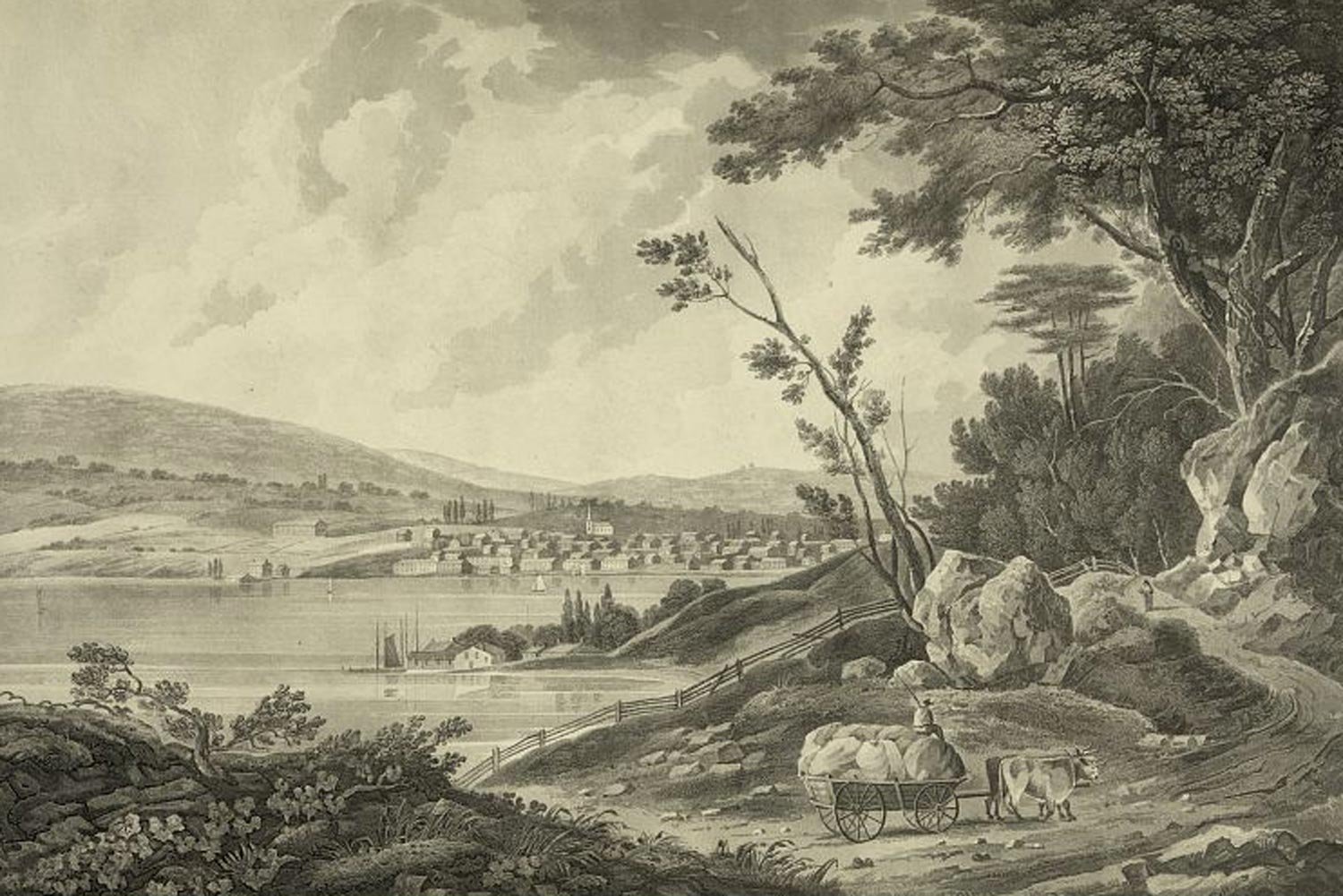
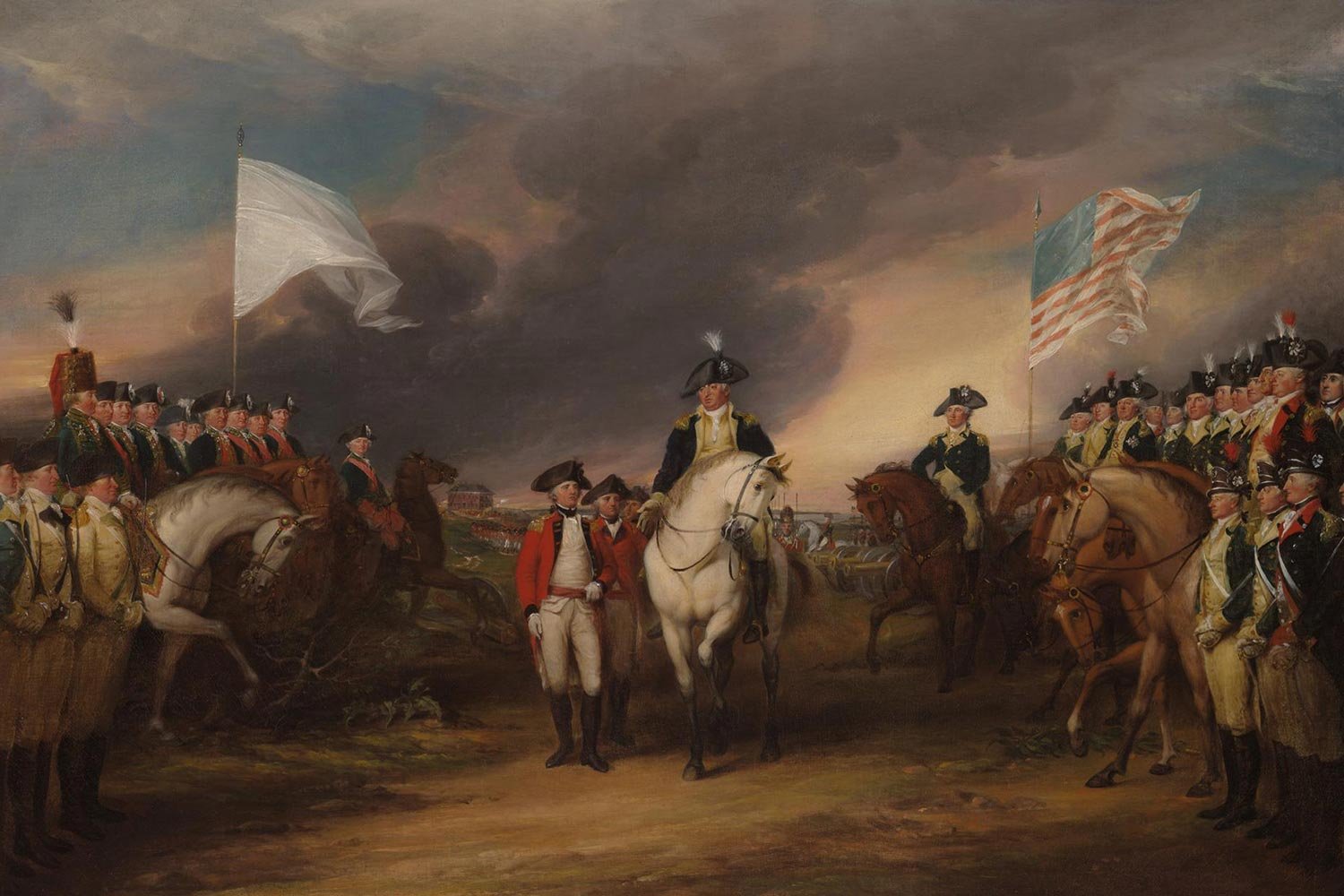

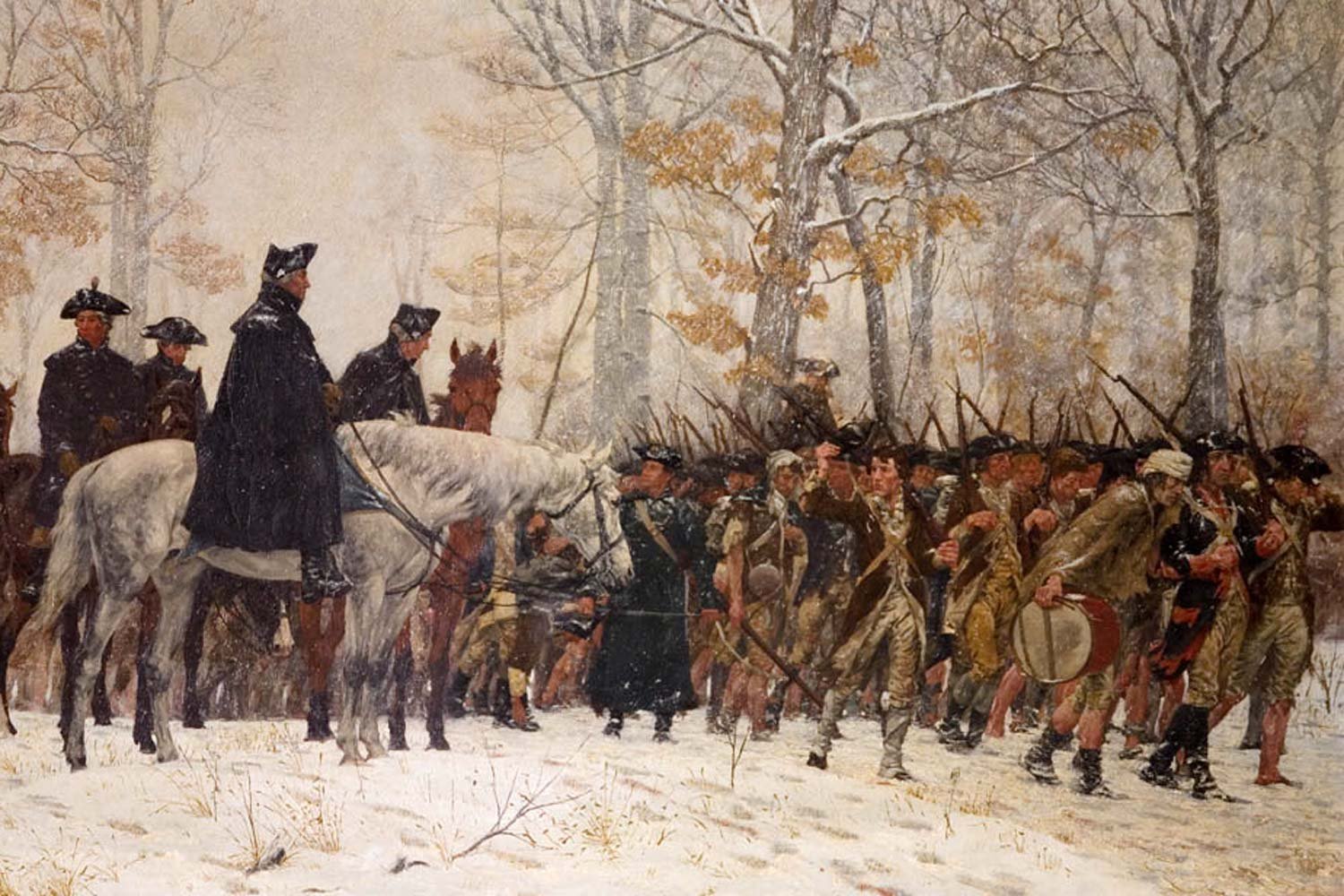
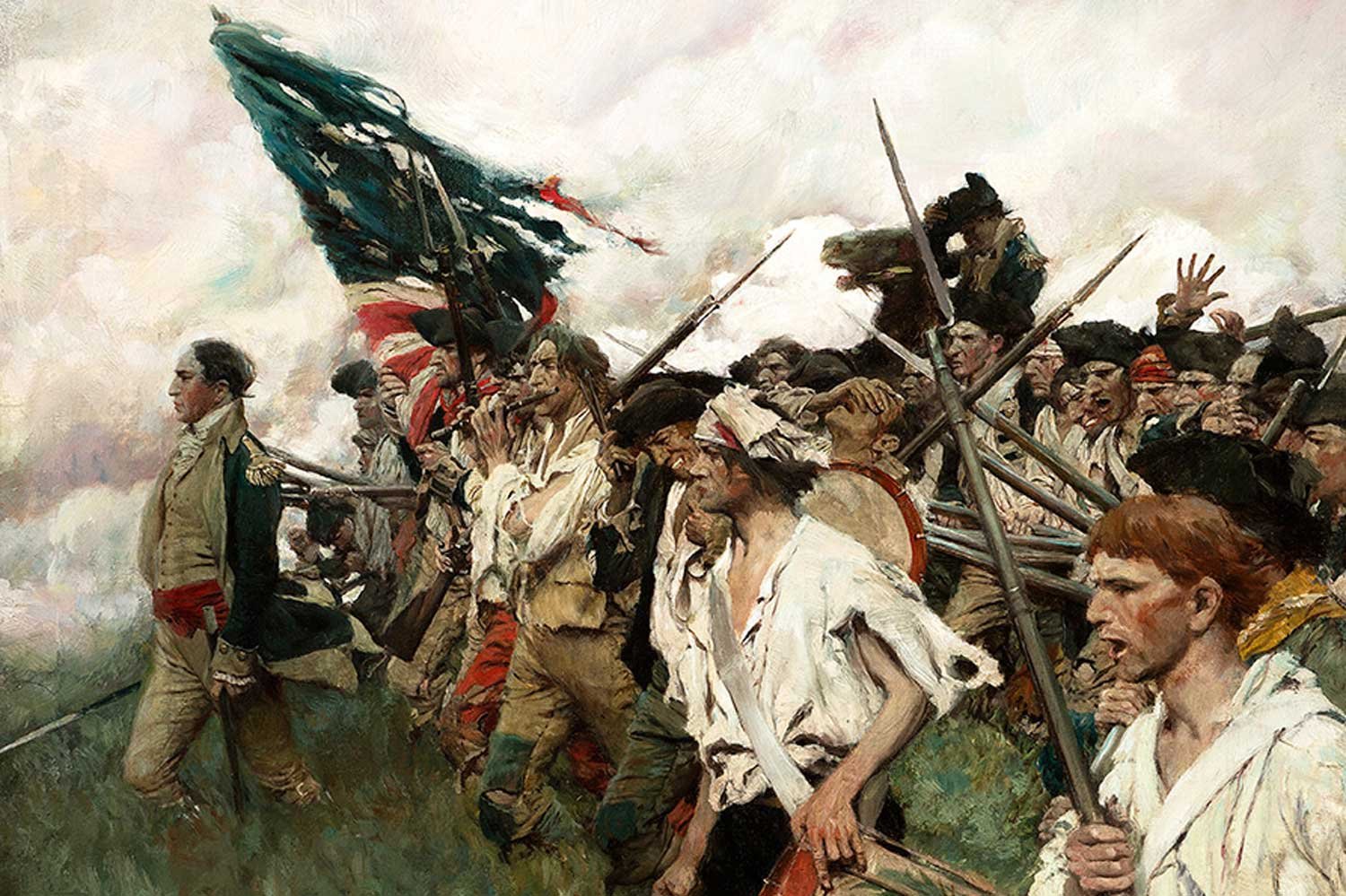
The only fighting in the Quasi-War occurred at sea, and mostly in the Caribbean. But with war at a fever pitch and French interests so close by in Louisiana, there was a very real concern in Congress about a possible French invasion of the United States from the west.